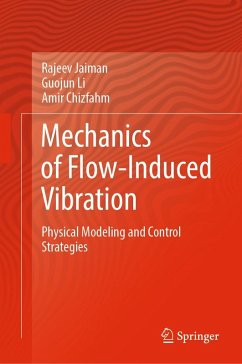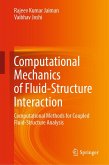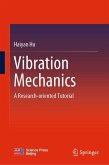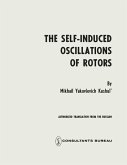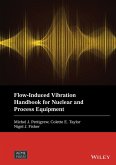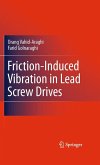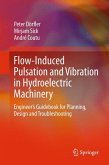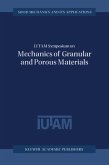This book discusses various passive and active techniques for controlling unsteady flow dynamics and associated coupled mechanics of fluid-structure interaction. Coupled multiphysics and multidomain simulations are emerging and challenging research areas, which have received significant attention during the past decade. One of the most common multiphysics and multidomain problems is fluid-structure interaction (FSI), i.e., the study of coupled physical systems involving fluid and a structure that have a mechanical influence on each other. Regardless of the application area, the investigation toward modeling of fluid-structure interaction and the underlying mechanisms in dealing with coupled fluid-structure instability with real-world applications remains a challenge to scientists and engineers. This book is designed for students and researchers who seek knowledge of computational modeling and control strategies for fluid-structure interaction. Specifically, this book provides a comprehensive review of the underlying unsteady physics and coupled mechanical aspects of the fluid-structure interaction of freely vibrating bluff bodies, the self-induced flapping of thin flexible structures, and aeroelasticity of shell structures. Understanding flow-induced loads and vibrations can lead to safer and cost-effective structures, especially for light and high-aspect ratio structures with increased flexibility and harsh environmental conditions. Using the body-fitted and moving mesh formulations, the physical insights associated with structure-to-fluid mass ratios, Reynolds number, nonlinear structural deformation, proximity interference, near-wall contacts, free-surface, and other interacting physical fields are covered in this book. In conjunction with the control techniques, data-driven model reduction approaches based on subspace projection and deep neural calculus are covered for low-dimensional modeling of unsteady fluid-structure interaction.
Dieser Download kann aus rechtlichen Gründen nur mit Rechnungsadresse in A, B, BG, CY, CZ, D, DK, EW, E, FIN, F, GR, HR, H, IRL, I, LT, L, LR, M, NL, PL, P, R, S, SLO, SK ausgeliefert werden.
Es gelten unsere Allgemeinen Geschäftsbedingungen: www.buecher.de/agb
Impressum
www.buecher.de ist ein Shop der
buecher.de GmbH & Co. KG
Bürgermeister-Wegele-Str. 12,
86167 Augsburg
Amtsgericht Augsburg HRA 13309
Persönlich haftender Gesellschafter: buecher.de Verwaltungs GmbH
Amtsgericht Augsburg HRB 16890
Vertretungsberechtigte:
Günter Hilger, Geschäftsführer
Christian Sailer, Geschäftsführer
Sitz der Gesellschaft:Augsburg
Ust-IdNr. DE 204210010

